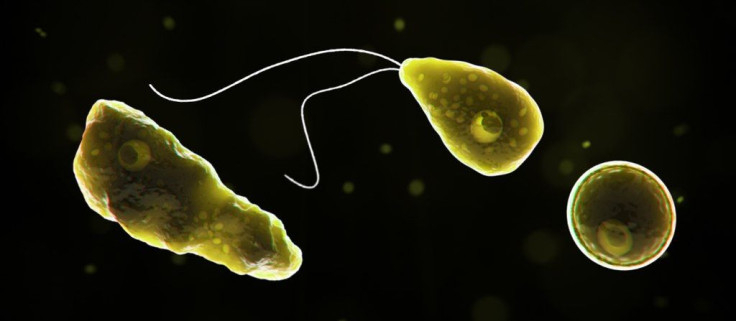Inula Viscosa: This Medicinal Herb Can Make Brain-Eating Amoeba Commit 'Suicide'
KEY POINTS
- Brain-eating amoeba causes a rare but often deadly disease called PAM
- Only a few people who contract the pathogen end up surviving
- Researchers found a compound in medicinal herb that can potentially kill brain-eating amoeba
There is so far no clearly effective treatment that can prevent or eradicate the disease caused by the infamous brain-eating amoeba, but the researchers of a new study found that a common medicinal herb may cause the pathogen to essentially commit "cell suicide."
Naegleria fowleri, commonly known as brain-eating amoeba, causes a rare but deadly disease called primary amoebic meningoencephalitis (PAM). As the Centers for Disease Control and Prevention (CDC) explained, this disease typically happens when the brain-eating amoeba enters people’s bodies through the nose via contaminated water and travels to the brain where it destroys brain tissue and causes swelling and infection.
PAM causes grim symptoms including vomiting, hallucinations, seizures, fever, and headaches, and typically leads to death within weeks after the symptoms develop, the American Chemical Society (ACS) statement explained. So, having no clearly effective therapy for it is quite problematic.
In a new study, published in ACS Chemical Neuroscience, a team of researchers found that a compound in the leaves of a medicinal plant known as Inula viscosa can actually kill N. fowleri.
Inula viscosa has been used in the Mediterranean region for a long time, the ACS said, and the researchers found that a compound in the herb's leaves called inuloxin A was able to kill N. fowleri by forcing it to undergo apoptosis or programmed cell death. In other words, inuloxin A makes the brain-eating amoeba self-destruct.

"The obtained results demonstrated that inuloxin A interferes with various processes leading to membrane damage, mitochondria alteration, chromatin condensation, and ROS accumulation, which highlight features specific to apoptosis," the researchers wrote. "The current findings could be a promising step for developing new effective drugs against PAM."
As the ACS explained, even if the currently used therapy for PAM, Amphotericin B, is more potent than inuloxin A, the latter appears to be able to "cross the blood-brain barrier" because of its structure whereas Amphotericin B cannot.
Of course, extensive studies are still needed to confirm inuloxin A's efficacy against N. fowleri. But the researchers' findings give hope for a new weapon against this disease which, although rare, has needlessly claimed several lives.
According to the CDC, only 4 out of 148 people who got infected with N. fowleri in the U.S. from 1962 to 2019 actually survived, and a recent CDC study showed that cases of PAM in the country appear to be moving on a northward trend.
Still, the disease is considered rare in the U.S., but having a potentially effective treatment for it is imperative in battling this brutal pathogen.

© Copyright IBTimes 2025. All rights reserved.






















